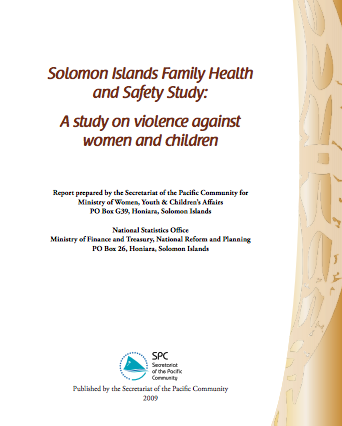You are here
New Releases
Understanding the Critical Linkages Between Gender-Based Violence and Sexual and Reproductive Health and Rights
Home to more than 60 per cent of the world’s population, Asia-Pacific is a culturally, economically and politically diverse region. Gender disparities persist in access to health, sexual and reproductive health and services, education, employment, and income. The outcomes are significantly worse for women and girls who are excluded due to a variety of factors – including age, economic status, education, ethnicity and sexual orientation. Moreover, gender-based violence remains a pernicious reality in the region, with rates of violence continue to remain high.
1325+10 Women Count for Peace
On 31 October 2000, the UN Security Council unanimously adopted Resolution 1325 on women, peace and security. UNSCR 1325 is a landmark legal and political document that obliges all actors involved in conflict and peace issues – the UN, government and non-state entities – to ensure the effective participation of women in decision-making pertaining to peace and security, and to provide the necessary physical and legal protections to them in conflict-affected settings. The year 2010 marks the 10th anniversary of this landmark resolution.
Health Sector Response to Gender-based Violence
Several UNFPA country offices in Asia and the Pacific have ongoing efforts designed to strengthen the capacities of health sectors to respond efficaciously to gender-based violence (GBV). While these initiatives present varying models, they have created a body of knowledge and experience that would benefit from regional assessment and sharing.
UNFPA in Asia and the Pacific
This brochure provides brief introduction of UNFPA in Asia and the Pacific (APRO), and its priorities – including safe motherhood, family planning, HIV prevention, adolescents’ health, women’s rights, and data for development – to support the attainment of the eight MDGs.
Mapping Regional, Sub-Regional and National Youth Networks Across Asia
Asia has an enormous population of young people, with some 850 million between the ages of 10-24. There is great diversity among these groups, and they face significant social, cultural and political barriers to participating in the HIV response. In addition, despite the critical role that young people can play in developing policies, there are few youth-led initiatives helping foster youth leadership.

Solomon Islands Family Health and Safety Study
This report of the Solomon Islands Family Health and Safety Study analyzes data from the first nationally representative research on violence against women and children in the Solomon Islands.
Youth Declaration at the 5th APCRSHR
There are approximately 450 million young people in the Asia-Pacific region, with only few of them able to receive reproductive health services. This leaves them potentially vulnerable to coercion, abuse and exploitation, unintended pregnancies, and sexually transmitted infections, including HIV. Denying young people of reproductive health services and education is a violation of young people’s human rights.
Beijing Call to Action
The 5th Asia Pacific Conference on Reproductive and Sexual Health and Rights (APCRSHR) gathered nearly 1,000 participants from around the world to look at the progress and the ongoing challenges in family planning, maternal health, AIDS prevention and women’s empowerment. APCRSHR participants agreed to Beijing's Call to Action which outlines the priorities that must be addressed to achieve the Programme of Action of the International Conference on Population and Development (ICPD) by 2015.
Enhancing HIV Education for Adolescents Through Effective Health and Sexuality Education
The International Congress on AIDS in Asia and the Pacific (ICAAP) is a biennial congress which brings together people from various backgrounds in the Asia-Pacific region to meet and share knowledge, skills, ideas, and research findings related to HIV.
Papers in Population Ageing No.6
During the 1950s and 1960s, most less developed countries were characterized by high fertility levels. Recognizing this, governments undertook sustained measures to promote family planning and provide better access to quality health services. As a result, fertility levels declined while life expectancy improved.